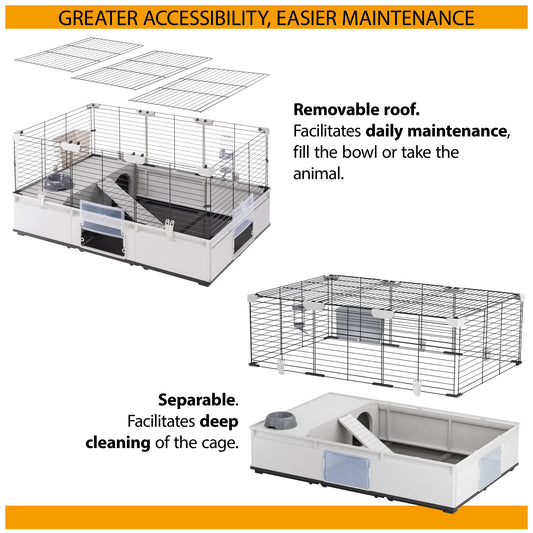There can’t be many cat owners whose smartphones aren’t full of photos of their pet, but getting the perfect portrait can be a challenge. Animals are unpredictable, and getting a good shot is not as easy as simply asking your cat to say ‘cheese’. If you’re looking for a pet selfie for social media, or just want to capture every moment of feline bliss for yourself, follow our top tips to make sure every photo is a winner.
Get your cat’s attention
You are more likely to be able to get your cat to look at the camera if you get down to their eye level. You can encourage your cat to look at the camera by making funny noises, rustling a paper bag or dangling a cat toy as close to the lens as possible without including it in the shot. If your cat is food motivated, then a piece of chicken or a similar treat held up in front of them is a sure way to get their attention. Be quick though, you may not have your pet’s attention for long.
Think about lighting
Soft, natural lighting will work better than harsh, artificial lighting, so make use of windows and glass doors. If the sun is too bright it can mean dealing with difficult shadows so an overcast day is usually better.
Avoid using the flash where possible as it can cause ‘red eye’ in your cat and the sudden burst of light could also frighten them.
Catch your pet’s personality
Take photos of your cat that really show off their character and illustrate the things they love to do. If you’ve got an active cat that loves to jump and climb, try to get some good action shots by taking lots of photos and then going through them afterwards to pull out the best ones. If you’ve got a cat that tends to snooze all day, photograph them doing what they love in their favourite sunny spot.
A cat that is doing things that come naturally to them and that they enjoy will be more relaxed and therefore result in better photographs. If you have a tripod you could set your camera to automatically capture you playing with your cat and having fun together.
Black cats
Very dark coloured cats are notoriously tricky to photograph, which is one of the reasons why rescue centres have trouble rehoming them. They just don’t stand out and it is often hard to find their eyes, making them look like black blobs with no definition or expression.
Avoid white backgrounds as they create too much contrast with a black cat and make sure you have plenty of light. You can give your cat’s fur more texture in a photograph by angling lamp light across your cat. However, make sure you are not shining it into their eyes.
Be patient
Good things come to those who wait, and this is very true when it comes to photographing cats. You might have an image in your head of the perfect pose for your pet but remember that cats can become easily distracted. Often a candid natural position will work better than trying to wrangle your cat into a particular spot.
If you act frustrated and cross with your cat for not doing what you want them to do, they are likely to become stressed and this will ruin any chance you had of getting a good photograph.
If you enjoyed this article, you may be interested in:









